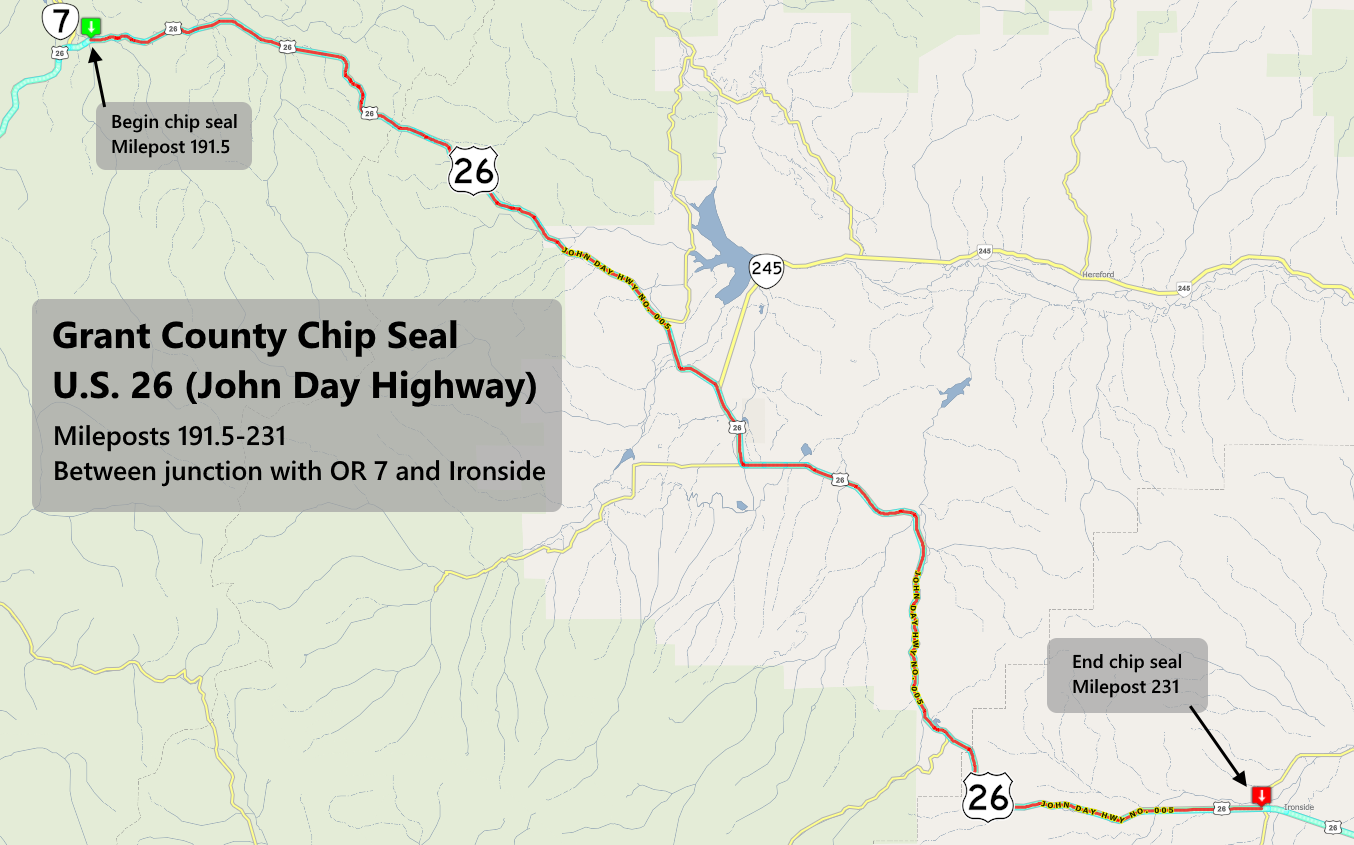Oregon COVID-19 spike will last into fall, projections say
Published 4:30 pm Monday, August 2, 2021

- Inscription COVID-19 on blue background with red strain model of coronavirus
Oregon reported 2,056 new COVID-19 cases over the weekend, a surge driven by the highly contagious delta variant that swept from India to the United States since May.
The Oregon Health Authority reported hospitalizations rose to 340, with five deaths. The totals include Saturday and Sunday. Additional weekend cases are often included in Tuesday’s report.
Monday’s numbers brought the state’s total cases to 219,755 and deaths to 2,858.
The rapid increase in infections is unlikely to peak before autumn, according to a new forecast from the Institute of Health Metrics and Evaluation at the University of Washington.
The institute reported the Oregon surge is part of a worldwide wave set off by the delta variant. Six million daily new infections are reported each day around the world, about 1 million more than the average last year, the institute said.
Infections are rising higher than vaccinations, an environment that can lead to more variants, which could disrupt recovery, health officials say.
“COVID-19 is now worse than it was in 2020 on average at a global level in terms of infections,” Dr. Christopher J.L. Murray, director of the Institute of Health Metrics and Evaluation, said Friday in a video briefing. “It is certainly not over, and we suspect it will be a challenge for the world and most countries for the next year or for quite a bit farther.”
Fall forecast: The Institute of Health Metrics and Evaluation’s forecast showed new infections in Oregon climbing to a peak of just under 7,250 daily by Nov. 1 if current trends continue. Immediate adoption of masks by state residents would halt the rise and have infections below 150 per day by Nov. 1. If all safeguards were dropped, infections would peak at just over 13,000 daily on Oct. 8.
Deaths don’t keep pace: The only relatively good news out of the current rise in cases is that the spike in infections and hospitalizations had not been as closely followed by deaths as in earlier waves. High vaccination rates among the elderly and medically vulnerable have cut the rate, along with the lower average age of those currently becoming infected.
Fatalities will rise: Though the pace has slowed, the Institute of Health Metrics and Evaluation forecasts Oregon COVID-19 deaths would be an estimated 3,274 by Nov. 1 under current trends. Deaths nationwide would hit 683,374 by Nov. 1. Worldwide, the institute forecast 4,987,755 dead by Nov. 1.
Whipsawed: It was just over a month ago that Gov. Kate Brown had announced the lifting of all restrictions imposed by the state and saying counties would handle public health.
The move came just as the delta variant was hitting Oregon after moving across the United States, increasing infection rates in states with high numbers of unvaccinated people.
Rising infection numbers led the state to issue mandatory mask rules for workers and visitors to state buildings, and children attending in-class instruction.
But Brown and OHA stopped short of taking back authority over county rules, and an indoor mask recommendation was voluntary.
Dr. Dean Sidelinger, the state’s epidemiologist, said the u-turn in tone was caused by the delta variant driving the rate of infection. Last week, the virus was spreading at a rate of one person infecting another 1.58 people, a recipe for exponential growth.
OHA released data showing the overall number is heavily suppressed by vaccinated people. Each unvaccinated person is spreading the virus to 3.18 people.
The top way to cut infections is through vaccination, but efforts have been extremely slow in making headway into the unvaccinated since June. OHA reported Monday that it had 2,080 first doses administered on Aug. 1.
Oregon Health & Science University reported Oregon was largely following a “fear and fatigue” model of reaction to each new phase of the pandemic.
When infections and deaths rise, fear pushes more people to take protective measures such as wearing masks and keeping social distances. As infections decline, “fatigue” erodes the consistency of maintaining the safeguards.
Sidelinger said Friday that he understood the frustration. He also said state health officials believe they have exhausted any advances in vaccinations that might come through restrictions or other punitive measures dictated from Salem.
“I need people to face the situation that’s in front of them,” he said.






